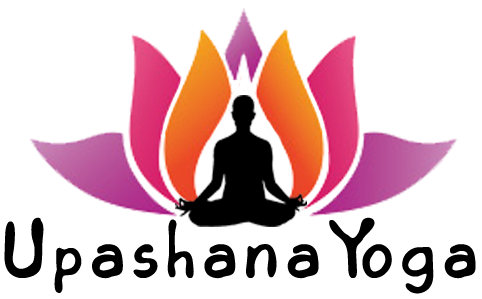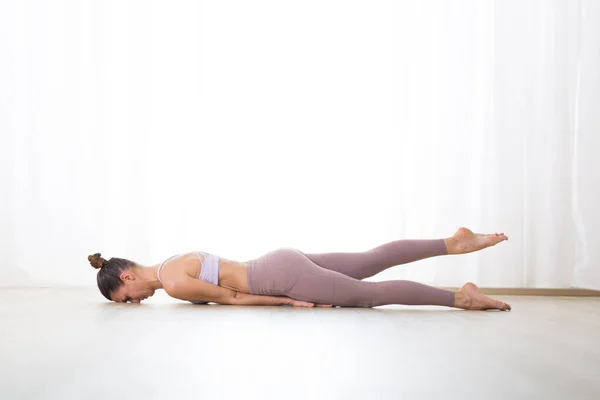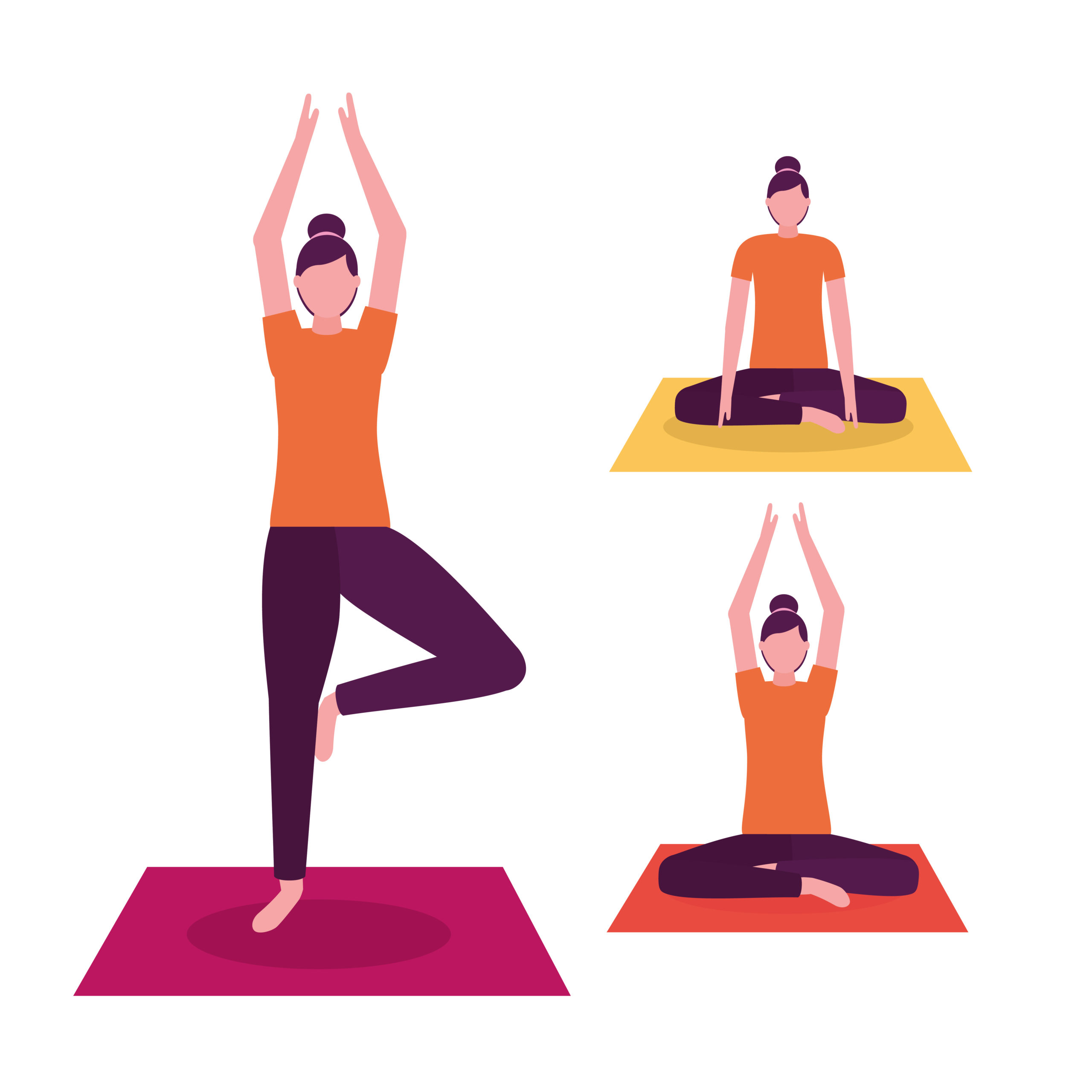
Makarasana is a deep rest restorative pose. It is one of the exceptional poses for putting a nation of tranquility withinside the thoughts. So, these are typically carried out at the end of a rigorous yoga session. The relaxation mechanism of Makarasana makes it completely different from wide used relaxation pose Savasana. The primary aim of Makarasana is to alleviate any strain which will come throughout the physical posture practice.
What Is Makarasana Or Crocodile Pose?
The word Makarasana comes from the Sanskrit words Makar and Asana. In Sanskrit, Makar means “Crocodile” and Asana means “Pose”. In English, Makarasana is called “Crocodile Pose”. And also called “Silent Hunters”.
It could be a variation of Shalabhasana. This is often a restorative and reposeful pose and looks suitable for stress management and maintenance of good posture too. There are claims that this posture could be good for the leg muscles, back of the arms and legs, and cheek, and rear muscles of the body. So, Anyone can do this Yoga.
Preparatory Poses For Makarsana:
One can do the following poses prior to Makarsana as the preparatory poses for Makarsana. So, Below are the preparatory poses of Makarsana.
How to Do Makarasana Step-by-Step Instructions:
See below how to do Makarasana or crocodile pose.
Lie Down on Your Stomach:
Lie flat on your yoga mat in the prone position. Legs should be extended backward, toes pointing outward, and heels falling inward (feet relaxed).
Position Your Arms:
Fold your arms in front of you. Place your right hand over your left hand, and rest your forehead gently on your hands.
Relax the Entire Body:
Let the entire body go limp. Keep your shoulders relaxed, hips loose, and back soft. Allow your breath to deepen naturally into the belly.
Focus on Your Breath:
Breathe slowly and deeply into your abdomen. Feel the rise and fall of the belly pressing gently into the mat with each breath. This encourages diaphragmatic breathing and activates the parasympathetic nervous system (relaxation response).
Stay in the Pose:
Stay in Makarasana for 3 to 5 minutes, or longer if used for deep relaxation or therapeutic purposes.
Release the Pose:
Slowly bring your hands back to the sides. Gently turn your head to one side. Roll over onto your side in a fetal position before coming up to a seated posture.
Follow-Up Poses For Makarasana:
One can do the following poses after doing Makarasana as the follow-up poses. So, Below are the follow-up poses for Makarasana.
- Dhanurasana or Bow Pose
- Ustrasana or Camel Pose
- Salamba Sarvangasana or Supported Shoulder Stand
Benefits of Makarasana or Crocodile Pose:
Makarasana is a gentle restorative yoga posture that offers deep relaxation to the body and mind. Though it is passive in appearance, it plays an important role in relieving stress, improving posture, and aiding in the healing of physical discomforts, especially those related to the spine, lungs, and nervous system.
Makarasana Relieves Tension in the Spine and Lower Back:
Makarasana allows the spine to elongate and decompress naturally, making it highly effective for people with lower back pain, sciatica, or a slipped disc (when practiced under supervision). It relaxes the paraspinal muscles, reducing muscular tightness caused by sitting, bending, or poor posture.
Improves Breathing and Lung Function:
In this pose, the chest and diaphragm are gently lifted, encouraging deep abdominal breathing. This promotes better oxygen exchange in the lungs and improves overall respiratory efficiency. Helpful for people with asthma, shallow breathing, or stress-related breath restriction.
Activates the Parasympathetic Nervous System:
Makarasana supports “rest-and-digest” mode, calming the mind and reducing anxiety. Deep breathing in this posture lowers heart rate and blood pressure, making it ideal for stress relief, insomnia, and nervous exhaustion.
Makarasana Balances the Postural Muscles:
Helps correct muscular imbalances in the neck, shoulders, hips, and back caused by modern sedentary lifestyles. Encourages awareness of body alignment while in a prone and neutral position.
Supports Spinal Therapy and Recovery:
Often recommended in yoga therapy and physiotherapy for individuals recovering from back injuries, herniated discs, or spinal surgeries. By reducing spinal compression and increasing blood flow to the vertebrae, it supports healing and comfort.
Reduces Fatigue and Mental Burnout:
As a restorative pose, it allows the body to recover from physical and mental fatigue. Ideal for people who feel mentally drained or suffer from chronic fatigue syndrome or burnout.
Makarasana Improves Digestion:
The gentle abdominal pressure helps stimulate digestive organs like the intestines and liver. Encourages better digestion, reduces bloating, and improves gut function.
Safe During Pregnancy:
With proper support and under expert guidance, modified Makarasana can be a relaxing pose for pregnant women (especially in early pregnancy), offering relief from lower back tension.
Makarasana Improves Sleep Quality:
Practicing Makarasana before bed relaxes the body and mind, reducing sleep disturbances and promoting deeper, more restful sleep.
Increases Mindfulness and Body Awareness:
It is a meditative posture that brings awareness to breath and subtle body sensations. Enhances mind-body connection and is often used as a preparatory pose for meditation or pranayama.
Best Time to Practice Makarasana or Crocodile Pose:
- At the end of your yoga session
- As a standalone restorative pose
- Before or after backbends to release tension
- Anytime during the day for calming stress or anxiety
Precautions & Contraindications For Makarasana:
Below are some precautions & contraindications for Makarasana to be kept in mind before practicing Makarasana. So, you should follow these:
- Avoid shifting the body on this asana as it can disturb the exercise.
- Don’t position stress at the body throughout this asana as it’s far approximately peacefully relaxing the body.
- Avoid practicing this asana in a worrying atmosphere as it can disturb peace of mind.
- Those who have exaggerated lumbar curves have to not exercise Makarasana.
Conclusion:
Makarasana yoga allows the loosening up of the body and is commonly carried out at the end of a yoga session. The pose, corresponding to a resting crocodile, allows relieves anxiety withinside the body and the mind, reduces lung troubles like asthma, treats knee pains, slipped disc, spondylitis, excessive blood pressure, coronary heart troubles, and mental illness disorders, reduces fatigue, etc. So, Do not try this pose when you have a back injury and use a folded blanket to help when you have neck troubles. For powerful results, usually try this relaxing pose on an empty stomach, ideally withinside the morning. Try superior poses of Makarasana when you pass the amature level.














Leave a Comment